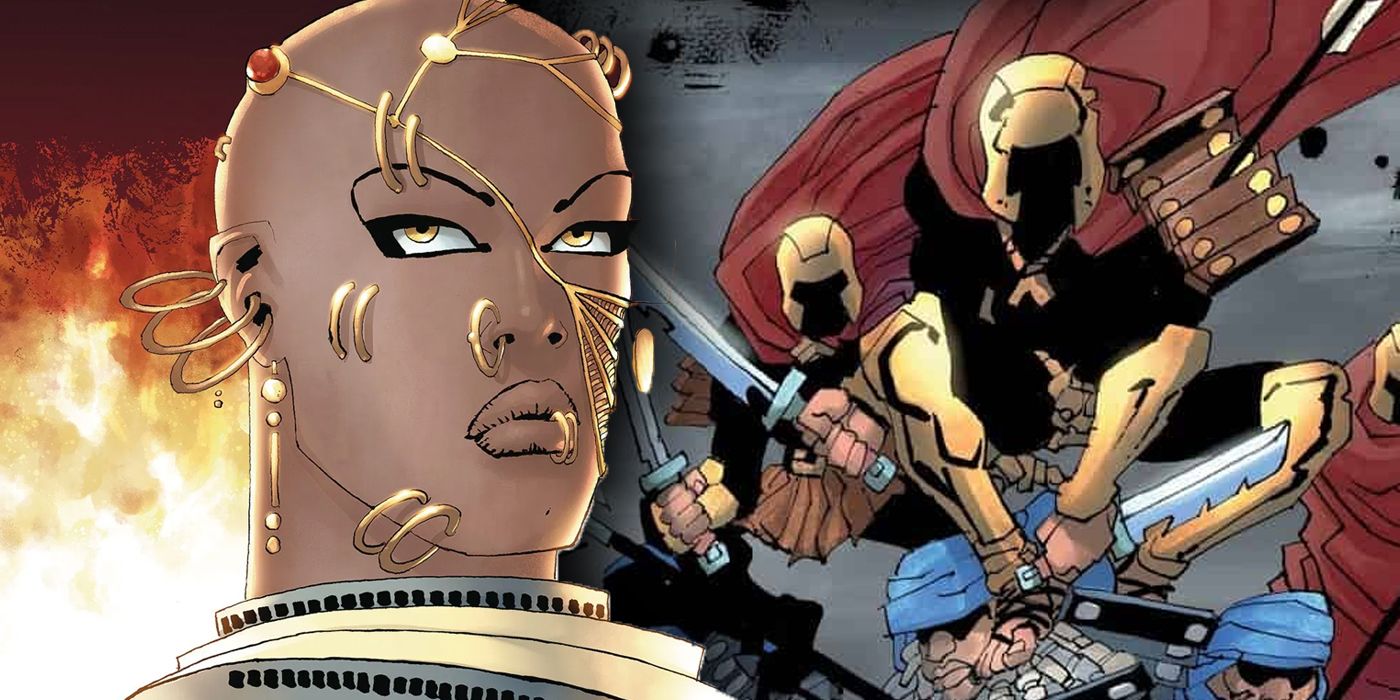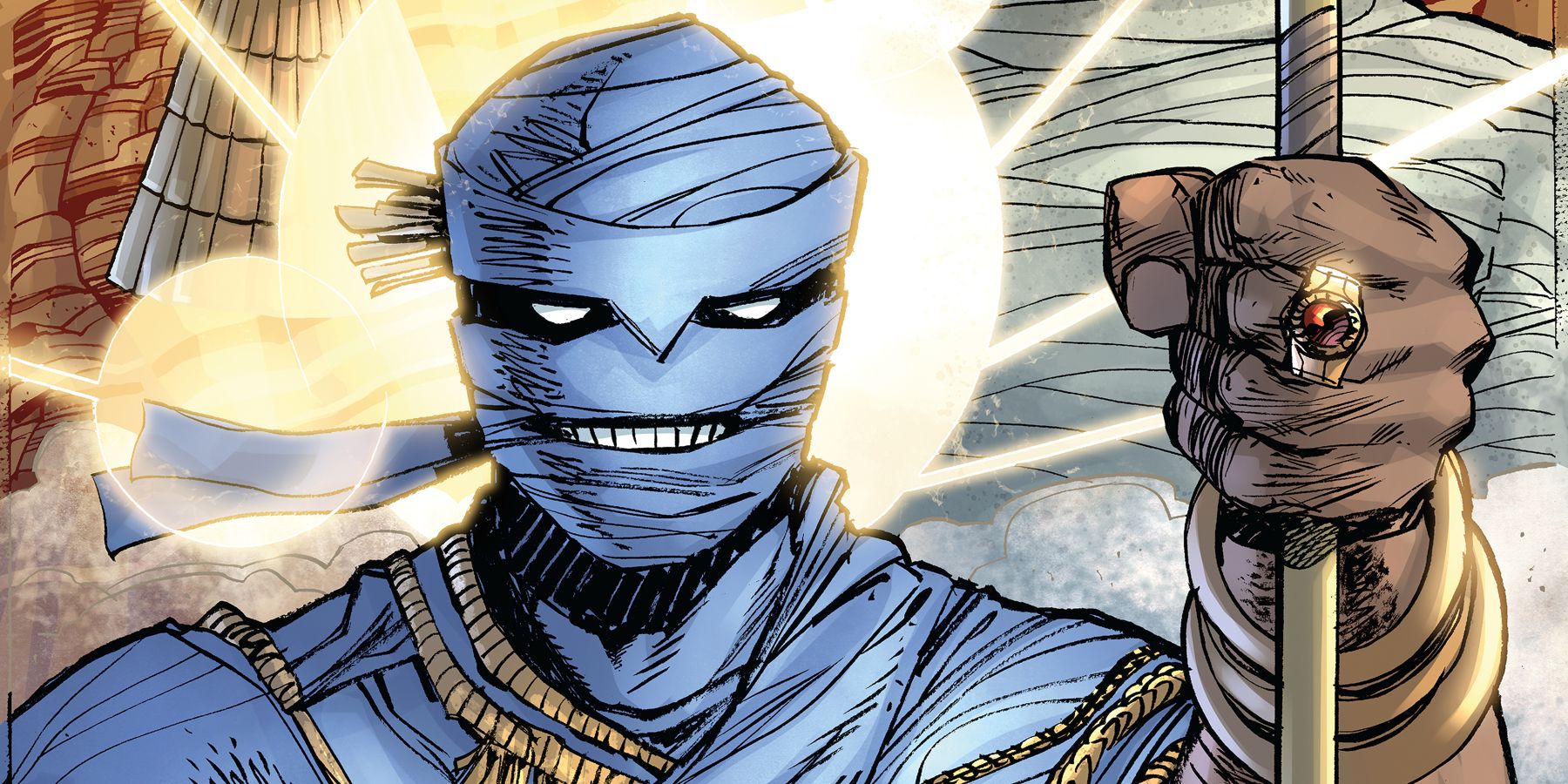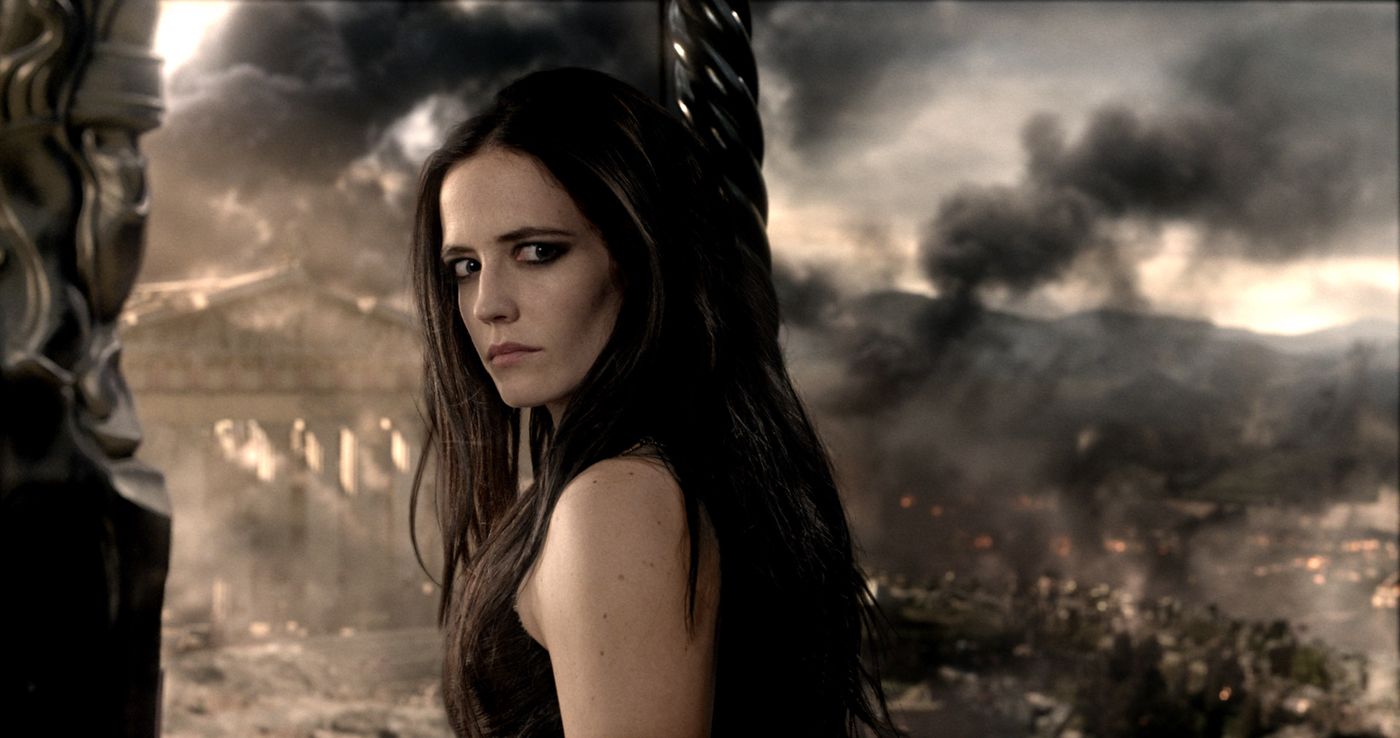Frank Miller and Lynn Varley's acclaimed 1998 limited series 300 is widely regarded as one of the legendary comic creator's most influential works. Interpreting the violent campaign between 300 Spartan warriors and the conquering Persian god-king Xerxes as a pulpy reflection on heroism and courage, the series went on to win three Eisner Awards and was adapted into a 2006 Zack Snyder film that became a legitimate cultural phenomenon.
While a sequel to the film, 300: Rise of an Empire, arrived in theaters in 2014, Miller and Alex Sinclair's follow-up wouldn't arrive until four years later, with 2018's Xerxes: The Fall of the House of Darius and the Rise of Alexander. That five-issue series was promoted by Dark Horse as more of a companion piece than a continuation -- making references to Spartans but featuring entirely different battles between Greek and Persian armies.
As Miller told CBR in 2018, Xeres covered “more of an expanse … [with] a much bigger cast,” yet with an intimate focus on the clash of cultures and the love story of within the title. "That's dazzling and romantic and everything someone with my job looks for in a story.”
The differences in scope and perspective between the two series are apparent immediately. Whereas 300 concentrated on the Battle of Thermopylae from the point of view of King Leonidas of Sparta, Xerxes flips the point-of-view: The first two issues concern Xerxes's ongoing campaigns against the Greeks and, after the death of Xerxes's father Darius I, his ultimate elevation to the status of the god-king, the powerful and seemingly unstoppable ruler whom Leonidas defies in 300.
These initial issues also make references to the Battle of Artremisium, the Athenian naval campaign that happened concurrently with the Battle of Thermopylae, on which the cinematic sequel focuses. Otherwise, there's little connection between the written and cinematic 300 follow-ups.
However, Miller proves to have a broader agenda than simply detailing the god king's rise. While Xerxes begins as a prequel, the third issue shifts the focus yet again -- expanding the story far past the events of 300 and into the second and ultimately victorious Persian invasion of Greece. This issue turns to the aforementioned love story that clearly fascinated Miller and returned to this subject matter, in which the love of a Jewish woman softens Xerxes's heart against the kinds of genocide and war that he has spent his life perpetuating. The fourth and fifth issues jump even further into the future, focusing on the reign of Xerxes's son Darius III and his wars against Alexander, who aims to conquer the Persians once he has Greece under his control.
The series ends of a bit of a cliffhanger, with Alexander defeating the Persians decisively. Honoring the defeated Darius as a worthy adversary, Alexander expounds excitedly on his plans to conquer the rest of the world. This ending may feel abrupt and open-ended, but perhaps this was Miller's point all along.
By making his companion to 300 both a prequel and a sequel, he suggests an ongoing chain that links the ambitions of those who would wage bloody wars to build their empires. This epic series begins with Darius I and ends with Alexander, while also suggesting that this chain stretches far and wide across the annals of history.



